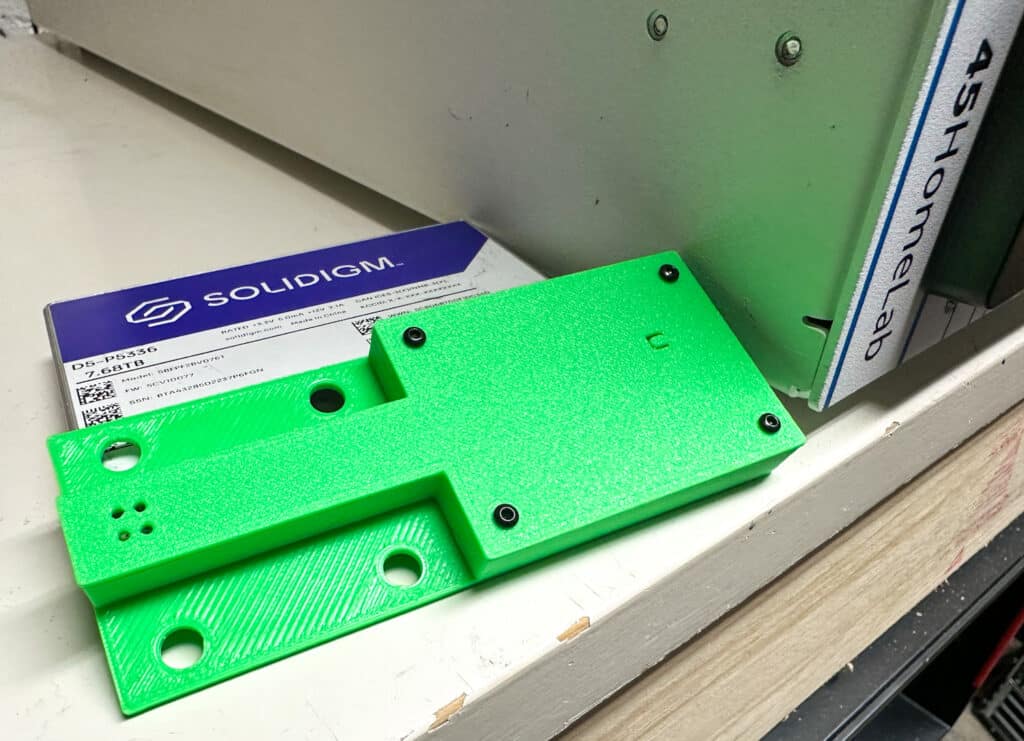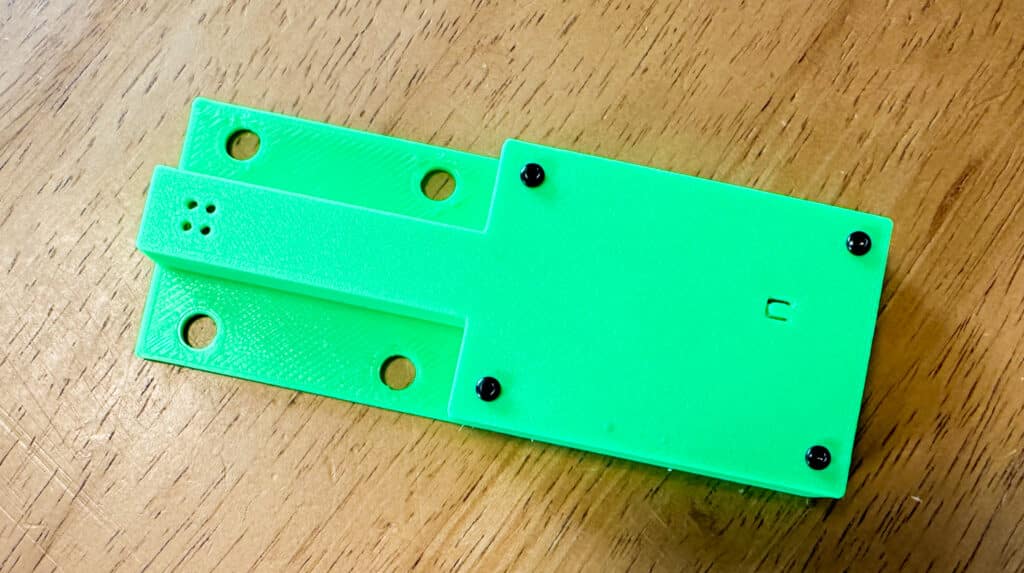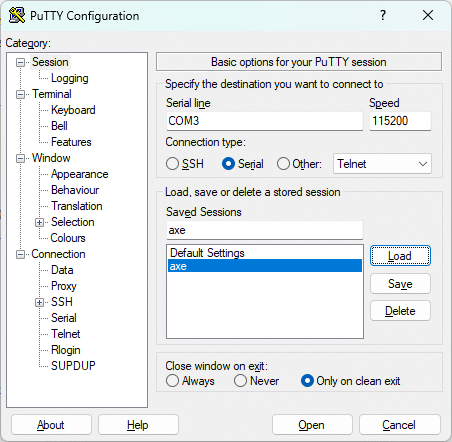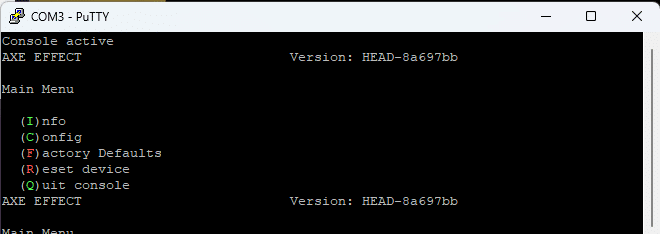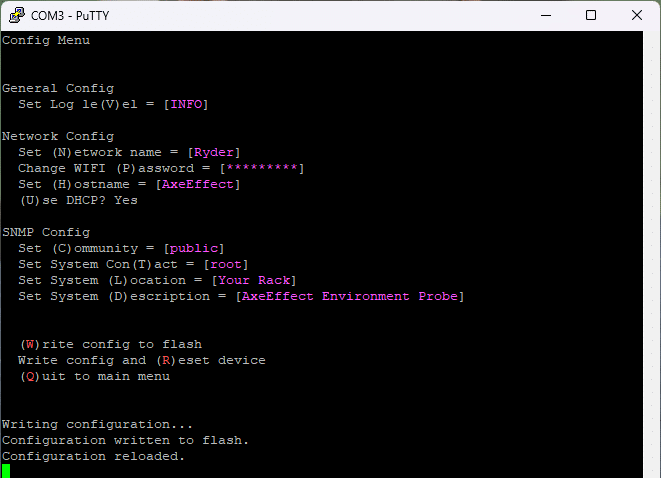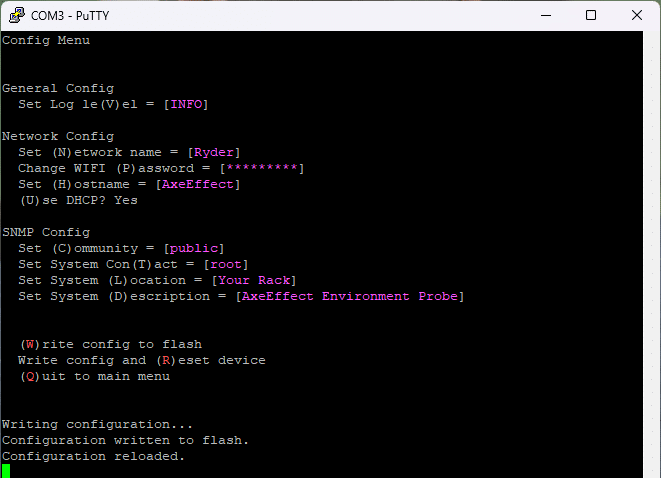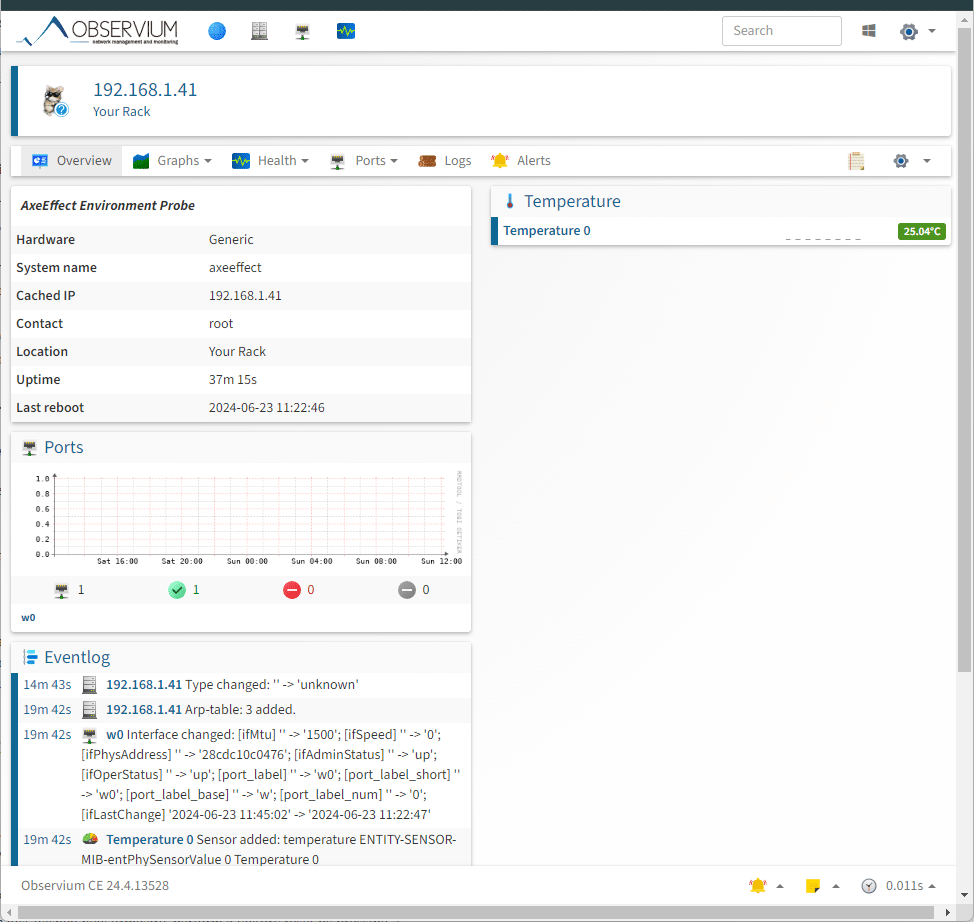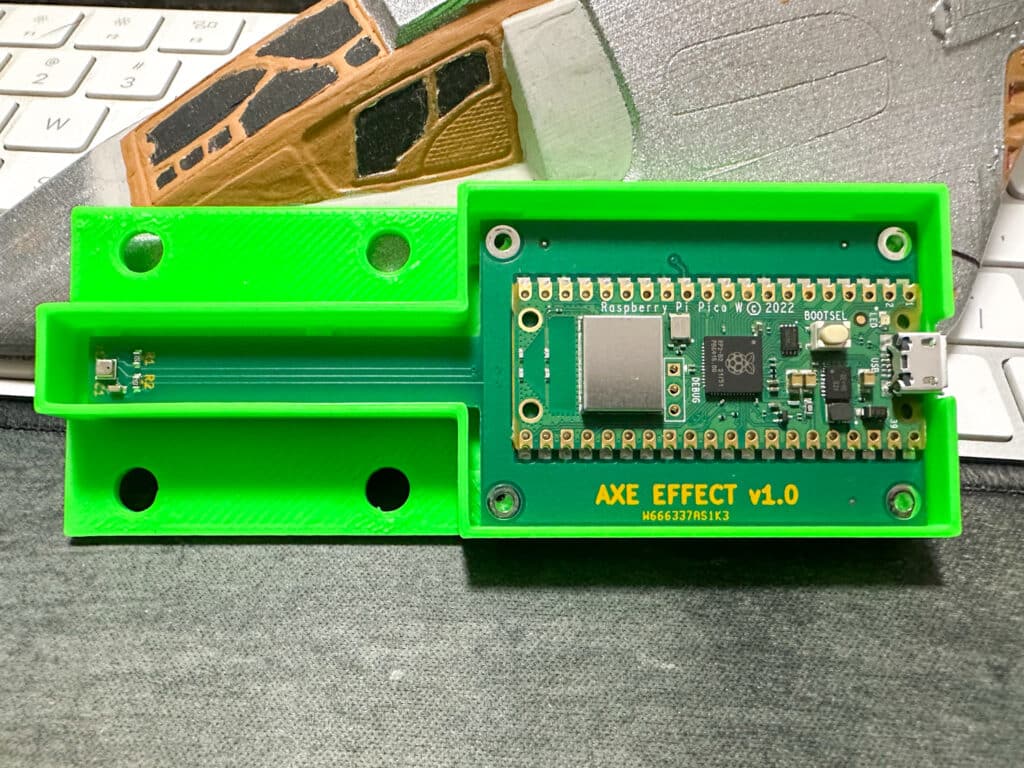Review and Step-by-step Guide for Updating, Setup, and Configuration of the Axe Effect by Craft Computing for Monitoring the Home Lab.
Jeff at Craft Computing, a friend of the site, has identified a common yet often overlooked problem in small to medium-sized businesses and home labs: the lack of affordable and effective server room temperature monitoring. He has developed a solution called Axe Effect, designed to be a cost-effective, easy-to-deploy, and accurate temperature monitoring device for server racks.
This setup and configuration guide will walk you through setting up the Axe Effect sensor, its features, and what you can expect from this innovative product.
Axe Effect Introduction
Temperature monitoring is crucial for maintaining server performance and longevity. Traditional solutions, such as environmental monitoring cards for UPS units, can be prohibitively expensive. Axe Effect addresses this issue by providing a budget-friendly alternative with the following features:
- Accurate temperature monitoring with a margin of error of ±0.3°C
- Data available via SNMP for monitoring and alerting
- Simple and secure deployment
- Built around the Raspberry Pi Pico W development board during the beta phase
- Custom PCB and 3D printed enclosure
- The beta version will use Wi-Fi, while the final versions will include Ethernet and PoE options.
Established industry giants have long dominated traditional temperature monitoring solutions. While highly reliable and comprehensive, these solutions come with their challenges, primarily cost and complexity. There’s a wide swath of legacy solutions for this like:
- Monitoring Probes: Typically, temperature probes from leading brands can cost upwards of $200 each. These probes are designed to provide precise and accurate readings, often incorporating advanced features such as multi-point calibration and high-temperature resilience.
- Network Cards: To utilize these probes effectively, a compatible network card is usually required, which adds additional expense. These cards facilitate data transmission and integration with the broader network monitoring infrastructure.
Craft Computing Axe Effect Setup Guide
Step 1: Unboxing and Initial Setup
- Unbox the Axe Effect Unit: Ensure all components are present and free of damage.
- Powering the Device: Connect the Axe Effect to a power source using the provided USB cable. The beta version uses a USB micro-B for power, while the final version should use USB-C or Power over Ethernet (PoE).
Step 2: Flashing the Firmware
- Enter Boot Mode: Hold down the small button on the top of the Axe Effect unit while inserting the USB cable into your PC. This will bring up a “USB drive” on your PC. Don’t push too hard on the small button mechanism, which can cause alignment issues or damage the case. The button is sensitive, and the case is well-designed, so you do not need to push too hard.
- Copy the Firmware: Download the latest firmware from the Craft Computing GitHub and copy it onto the newly populated USB drive. The device will automatically reboot and update the firmware.
Step 3: Serial Configuration
- Connect via Serial: Keep the USB cable connected to your PC. Use a serial terminal access program (e.g., PuTTY) to connect at 115200 baud. On Windows, you can use the device manager to view listed Com ports. In our case, there was only one available option, Com 3.
- Access the Configuration Menu: Press
Entera few times to bring up the main menu. - Factory Reset (Optional): If you’ve just flashed new firmware, perform a factory reset by pressing
F.
Step 4: Axe Effect Network Setup and Configuration
- Enter Network Information: Press
Cto enter the configuration screen. You can set up the Wi-Fi network (SSID (N) and password (P)) and SNMP settings here. - Save and Reboot: Press
Wto write (save) your changes and reboot the device.
Step 5: Adding to SNMP Monitoring Software to the Craft Computing Axe Effect
- Retrieve IP Address: After rebooting and connecting to the Axe Effect, press
Ito view the device info, including the IP address. (You may need to go to the above connection step 3 and hold the button while plugging in the device to re-connect to serial) - Configure SNMP Software: Add the Axe Effect sensor to your SNMP monitoring software (e.g., Observium, in our case). Enter the IP address and SNMP community name to start receiving temperature data.
Final Thoughts
Axe Effect offers an affordable and reliable home lab or server room temperature monitoring solution, eliminating the need for expensive UPS environmental monitoring cards. The beta version is available now, and a more refined final product will be available around Q4 2024. For more details and to order, visit Craft Computing’s website.
We’re thrilled to see our friend Jeff at Craft Computing tackle this industry-wide problem with such an innovative and cost-effective solution. Traditional temperature monitoring options often come with a hefty price tag. Axe Effect offers an excellent alternative for homelab enthusiasts and small businesses, providing reliable temperature monitoring without breaking the bank.
This project exemplifies the ingenuity and resourcefulness that we at StorageReview admire, and we’re excited to see how this affordable solution will benefit the tech community. Be sure to check out his video on the topic for interesting background and additional information.
Head over to the StorageReview Discord to tell us about your experience with the Craft Computing Axe Effect Guide!
Engage with StorageReview
Newsletter | YouTube | Podcast iTunes/Spotify | Instagram | Twitter | TikTok | RSS Feed

